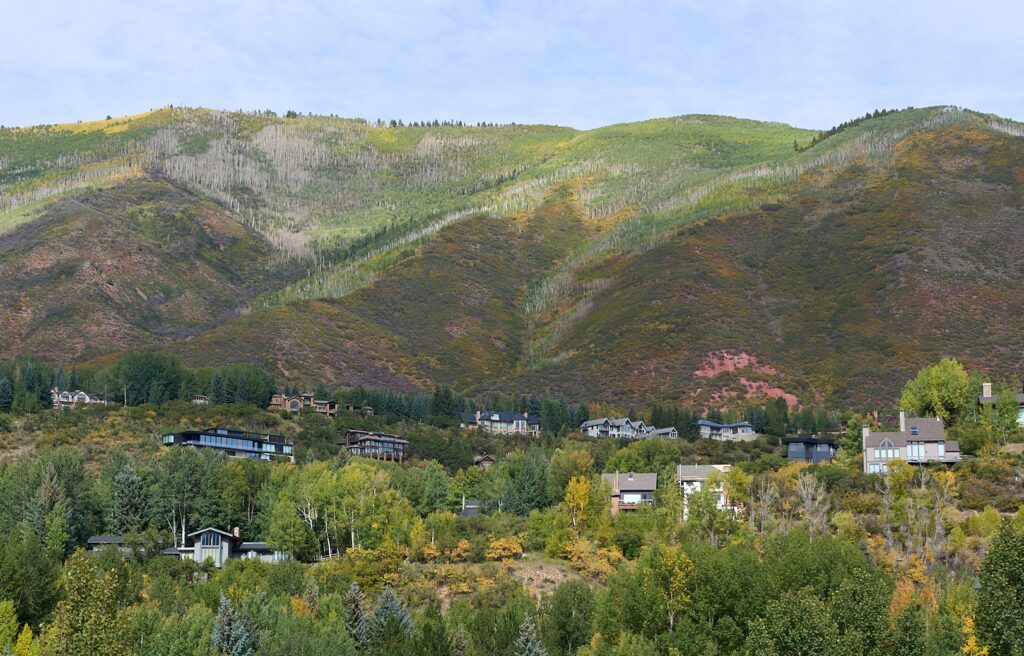Birding By Habitat: Pinyon-Juniper Forest and Riparian Habitats of the Mid-Valley Species List | May 30, 2019
ACES Staff
June 4, 2019

Thursday, May 30, 2019, 7AM – 2PM
Weather: Partly cloudy
| Species Identified |
| Canada Goose Wood Duck Cinnamon Teal Gadwall Mallard Ring-necked Duck Common Goldeneye Common Merganser Wild Turkey Eared Grebe Western Grebe Eurasian Collared-Dove Mourning Dove Black-chinned Hummingbird Broad-tailed Hummingbird American Coot Great Blue Heron Turkey Vulture Osprey Red-tailed Hawk Belted Kingfisher Lewis’s Woodpecker Hairy Woodpecker Northern Flicker American Kestrel Western Wood-Pewee Say’s Phoebe Western Kingbird Plumbeous Vireo Warbling Vireo Woodhouse’s Scrub-Jay Black-billed Magpie American Crow Common Raven Tree Swallow Violet-green Swallow Northern Rough-winged Swallow Barn Swallow Black-capped Chickadee White-breasted Nuthatch House Wren Marsh Wren Blue-gray Gnatcatcher Ruby-crowned Kinglet Mountain Bluebird American Robin European Starling Cedar Waxwing House Finch Pine Siskin Green-tailed Towhee Spotted Towhee Chipping Sparrow Song Sparrow White-crowned Sparrow Yellow-headed Blackbird Red-winged Blackbird Brown-headed Cowbird Orange-crowned Warbler Virginia’s Warbler Common Yellowthroat Yellow Warbler Yellow-rumped Warbler Black-throated Gray Warbler Western Tanager Black-headed Grosbeak House Sparrow |
Comments:
Four locations on private property were the focus of this field class where we spent time in prime pinyon-juniper woodlands and various types of riparian/wetland/open water habitats to observe birds and their activities with breeding season in full swing. We began at a location above Hooks Spur Road where western kingbirds, Say’s phoebes, chipping sparrows, pine siskins, western tanagers, and western meadowlarks were using pastures and fence lines to forage on seeds and insects along the property’s ranch road. Heading into the pinyon-juniper woodland, we saw an array of birds typical of this rich ecosystem: black-throated gray warbler, Virginia’s warbler, blue-gray gnatcatcher, spotted and green-tailed towhees, and plumbeous vireo.
Our second location, along the Roaring Fork River among mixed shrublands, willows, and cottonwoods, we saw kingfisher, cedar waxwing, western wood-pewee, and yellow warbler. The Blue Creek drainage was our next destination, where the creek flows through a private ranch and creates a series of ponds surrounded by pinyon-juniper. Highlights here included many warbling vireos and yellow-rumped warblers, four species of swallows, yellow-headed blackbirds, and gadwalls. We were also able to see lush green growth on the edge of the Lake Christine fire area, where initial stages of succession have begun.
The last site was a lake near Crystal Springs Road with extensive cattail marsh where highlights were: common yellowthroat, marsh wren, cinnamon teal, eared grebe, osprey, common goldeneye, yellow-headed blackbird, and Say’s phoebe. At this site, we were able to observe birds at close range and enjoyed seeing nest-building activities and active feeding and territorial singing/displaying. It was a wonderful day with rich learning, leaving us with a heightened appreciation for the diversity of birdlife in these special local habitats. Join us for other Birding By Habitat classes coming up this summer: The Crystal River Valley on July 3rd and Capitol Creek Ranch on August 15th.
~ Rebecca Weiss, ACES Bird Guide
Photo by Dale Armstrong
Related Content

RFV Phenology: Green is out, yellow is in! Or is it?
Learn More
ACES // City of Aspen Open Space Birding: Marolt Open Space 9/5/2024
Learn More